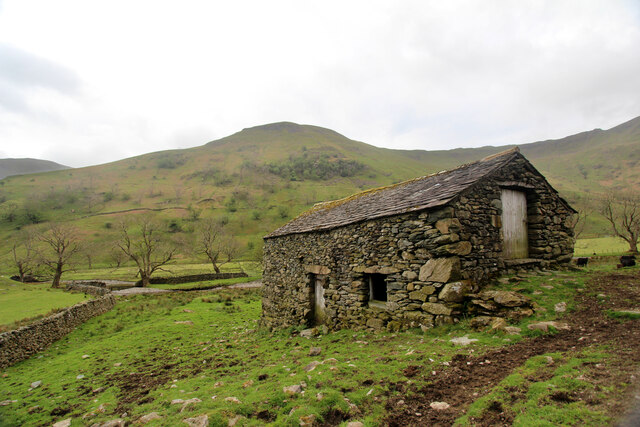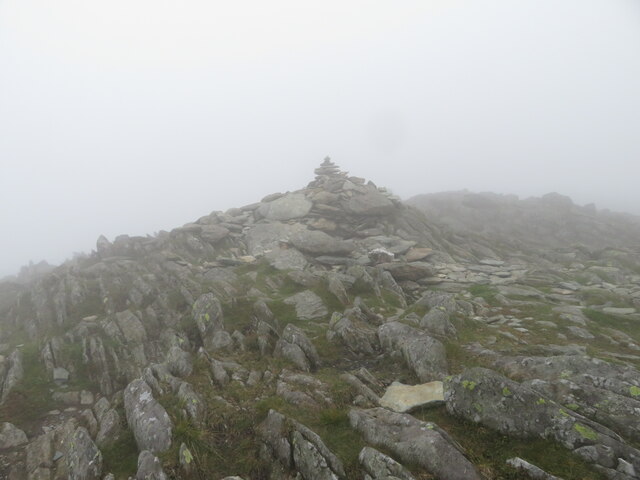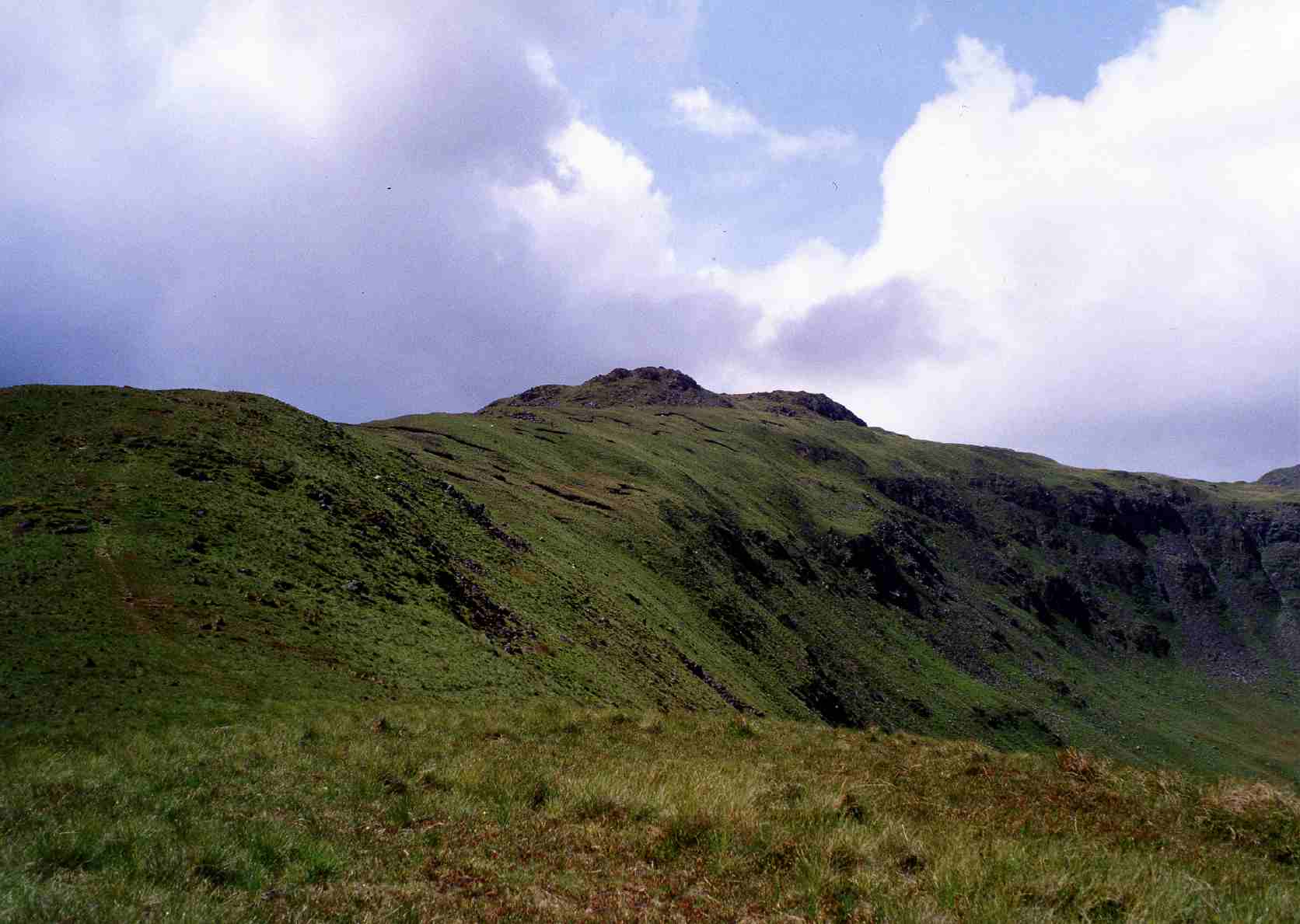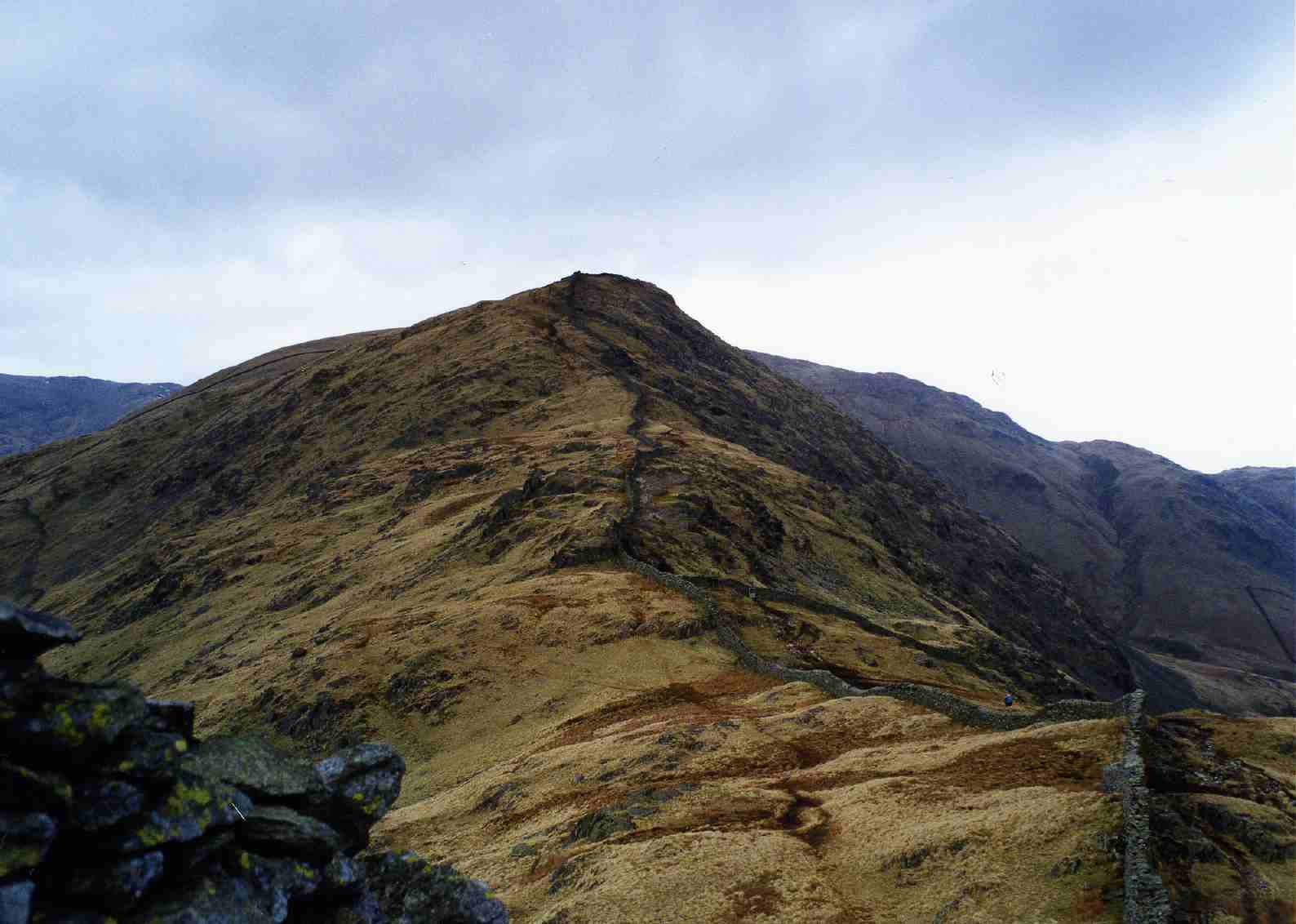Bakestones Moss
Downs, Moorland in Westmorland South Lakeland
England
Bakestones Moss

Bakestones Moss, located in Westmorland, is a captivating natural landscape that encompasses a combination of downs and moorland. Situated in the county of Cumbria, in the northern part of England, this area is known for its picturesque scenery and diverse ecosystem.
At Bakestones Moss, visitors are greeted with rolling hills and expansive open spaces, covered in lush green vegetation. The moss itself is a type of peatland, characterized by wet and waterlogged conditions, which support a unique range of plant and animal life. Mosses, heather, and grasses dominate the landscape, providing a rich habitat for numerous species of birds, insects, and small mammals.
The area is renowned for its tranquil atmosphere, making it a popular destination for nature enthusiasts and those seeking a peaceful retreat. Hiking and walking trails traverse the moss, offering visitors the chance to explore the stunning surroundings and take in panoramic views of the surrounding countryside.
Bakestones Moss also plays a vital role in preserving the local environment and aiding in flood prevention. The vegetation acts as a natural sponge, absorbing excess rainfall and reducing the risk of downstream flooding.
In addition to its natural beauty, Bakestones Moss holds historical significance, with evidence of ancient settlements and burial sites dating back thousands of years. Archaeologists have discovered artifacts and remains that provide insights into the lives of the people who once inhabited this area.
Overall, Bakestones Moss in Westmorland is a captivating natural landscape, combining ancient history, diverse ecosystems, and stunning vistas, making it a must-visit destination for nature lovers and history enthusiasts alike.
If you have any feedback on the listing, please let us know in the comments section below.
Bakestones Moss Images
Images are sourced within 2km of 54.482079/-2.9554572 or Grid Reference NY3810. Thanks to Geograph Open Source API. All images are credited.






Bakestones Moss is located at Grid Ref: NY3810 (Lat: 54.482079, Lng: -2.9554572)
Administrative County: Cumbria
District: South Lakeland
Police Authority: Cumbria
What 3 Words
///hears.marinated.stirs. Near Ambleside, Cumbria
Nearby Locations
Related Wikis
Little Hart Crag
Little Hart Crag is a fell in the Lake District area of England. It stands at the head of Scandale, six kilometres (3+3⁄4 miles) north of Ambleside, at...
Dove Crag
Dove Crag is a fell in the English Lake District. Situated in the Eastern Fells of the national park, seven kilometres south-south-west of Glenridding...
High Hartsop Dodd
High Hartsop Dodd is a fell in the English Lake District, an outlier of the Fairfield group in the Eastern Fells. It stands above Kirkstone Pass on the...
High Pike (Scandale)
High Pike is a fell in the English Lake District, located five kilometres north of Ambleside. Situated in the Eastern Fells, it can be confused with another...
Middle Dodd
Middle Dodd is a fell in the English Lake District, an outlier of the Helvellyn range in the Eastern Fells. It stands above Kirkstone Pass on the road...
Hart Crag
Hart Crag is a fell in the English Lake District, being one of the Fairfield group of hills in the Eastern Fells. == Topography == The fell stands on the...
Hartsop above How
Hartsop above How is a fell in the English Lake District, an outlier of the Helvellyn range in the Eastern Fells. It stands above Brothers Water and the...
Red Screes
Red Screes is a fell in the English Lake District, situated between the villages of Patterdale and Ambleside. It may be considered an outlier of the Fairfield...
Nearby Amenities
Located within 500m of 54.482079,-2.9554572Have you been to Bakestones Moss?
Leave your review of Bakestones Moss below (or comments, questions and feedback).
















